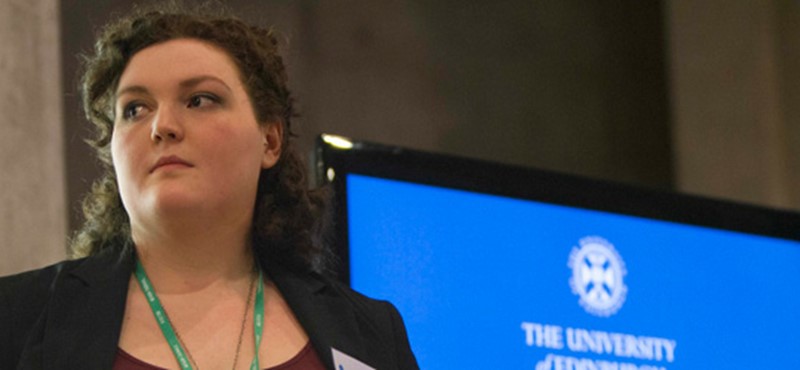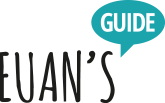How do you sign 'Pavlova'?

I write as someone who has grown up with deafness in my family. My mother has profound hearing loss and uses hearings aids and British Sign Language (BSL) to communicate. All other members of my family, including me, are hearing, albeit selectively so. I cannot and will not write about what it is like to be deaf or be subject to some form of sensory loss as that is not my place and not where my experience lies.
Deafness has presented itself as a central character in my life, one which has influenced my early development and my perspective on a variety of matters. From the fact that I learned how to read through subtitles, to the extent that I gesticulate when speaking, if you look hard enough, the character’s imprint is all over the show.
In many ways, my life, and those lives of others within my family, have been enriched by the varying quality of senses that exist within in it.
For one, my mother’s sense of smell seems to be heightened, which I am sure* is her body’s way of restoring some sensory balance. This quality only enhances her baking and general food-preparing abilities. She makes a Pavlova that will make your saliva glands beg for more and for mercy. This skill manifests more often in winter. Sadness has no place where baking exists.
There is also something to be said for bilingualism enhancing early child development and there have been a variety of studies conducted on the matter. My dad tells me that I first spoke using signs at 5 months old, a good few months before I was able to form spoken words. Not only did my siblings and I communicate using two languages, but one of those languages relied heavily upon visual elements: lip-reading and clear hand signals. It will be of no surprise to learn that I have always communicated and presented ideas in very physical ways. Using hand gestures, colours and diagrams to express myself, I feel I am also more easily understood by a larger number of people.
The use of BSL within my family allows us to have something that many other families do not: an almost secret way of communicating. Not only do many people in the United Kingdom not know enough BSL to be able to keep up, we actually use signs from a variety of countries. Now, we are from Northern Ireland and the BSL used there varies in style and content to Scottish BSL dialects, although there are many similarities too. Some differences are super confusing. For example, the Northern Irish sign for “twenty” is the same as the Scottish sign for “17”. This is not helpful. But I digress. We have also lived in Canada and France for a period of time. Everywhere we go, we have learned new signs that we like and choose to use, just as you might in any spoken language. This means, however, that the signs we use are a blend of our experiences and unique to us.
Deafness is a beautiful and wise character and its lessons are something which I hope to one day pass to my own children and those around me. I am fortunate to have had access to the insight of someone who experiences a world without sound, someone who has given so much more than what nature has taken away.
*I am not sure. I just want to bring up the fact my mother is an excellent baker.


 Follow Euan's Guide on Instagram
Follow Euan's Guide on Instagram
 Follow Euan's Guide on LinkedIn
Follow Euan's Guide on LinkedIn
 Follow Euan's Guide on Facebook
Follow Euan's Guide on Facebook


Comments
You have to be signed in to leave a comment.
Login / SignupEuan
Hi Kathy, thanks for your comment. It’s great to hear that more and more people are learning sign language. It certainly is a useful skill to have!
Kathy
My daughter in law, who is Canadian, started to teach ASL to my first grandchild, Natalie. We had a set of DVD's which were amazing. The following two, Gabriella and Tim were also taught through the DVD's. It was amazing. They were signing things such as "Help", "Milk" before they could even speak. It really seemed to have amazing results and definitely helped their vocabulary. Unfortunately we don't use it so much now but occasionally one of us will suddenly remember a sign and use it. A very useful skill to have.